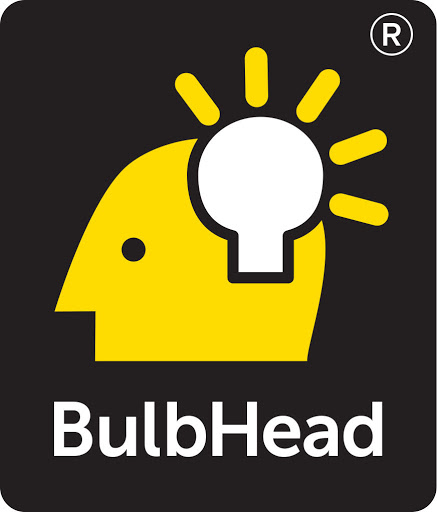Water. When it’s available, it’s so easy to take for granted. A single drop of tastes like an elixir from the heavens when clean drinking water is unavailable. It’s hard for us to imagine. Most of us have the privilege of accessing clean drinking water. We have the luxury of taking a 20-minute shower and flushing the toilet as many times we desire. And some of us keep a steady stream flowing from the faucet brushing our teeth.
But imagine not having these luxuries. Imagine traveling 30-minutes to gather clean water for you and your family. Close your eyes tight. Picture yourself wading through water littered with garbage, plastic, dead animals, and waste. Feel the slimy mud at the bottom of the river squishing between your toes. This is the water you use to take a bath, to wash your clothes, to brush your teeth, to drink. Can you smell that noxious, sulphuric odor? Can you feel the sting in your throat as your eyes water? Good. If you thought that this type of scenario was a “third-world issue,” you’re mistaken. World water conservation and sanitation is a global issue.
But It Can’t Happen Here, Right?
Wrong. In 2014, Flint, Michigan switched its water supply to the Flint River to cut costs. Residents immediately noticed that nasty water that flowed from their taps. Discolored, foul-smelling, difficult to swallow. Consequently, untreated water from the Flint River exposed the city’s population to high levels of lead. “Somewhere between 6,000 and 12,000 children were exposed to lead in their water” (DiFazio, 2018).
The lower basin of the Passaic River in New Jersey suffers from heavy contamination. “Manufacturing has left behind layers of dioxin, mercury, PCBs and many other toxic contaminants in the river’s sediments. This pollution, along with harmful disease-causing organisms brought in through combined sewer overflow events, has worsened the river’s water quality. Fishing and crabbing advisories have been in place since 1984” (EPA, 2018). And sections of the Mississippi River suffer a similar fate. According to the National Park Service, parts of the river “exceed water quality standards for mercury, bacteria, sediment, PCBs (polychlorinated biphenyl), and nutrients” (2018).
March 22: World Water Day
March 22nd celebrates World Water Day. Each year The Convention on Biological Diversity, UN Environment, and UNESCO coordinates this awareness day, on behalf of
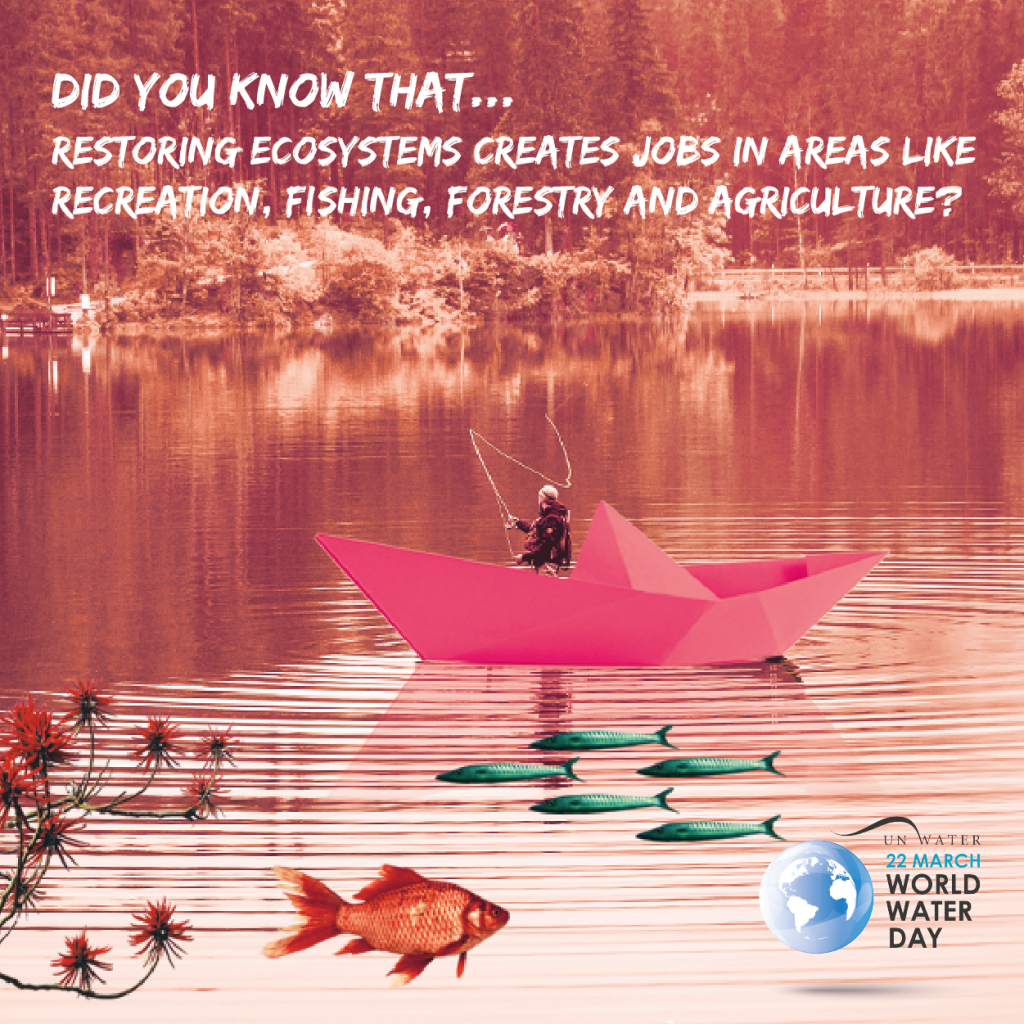
Nature-based Solutions
Each year World Water Day chooses a theme. This year’s theme is “Nature for Water,” focusing the campaign on “the answer is in nature” (UN Water, 2018). While nature is not a cure-all for the world’s water problems, it can help curb the problem yielding results. According to
In addition, land restoration has proven to recharge once-depleted groundwater sources. During an unusually long and dangerous drought, a community in India “constructed small-scale water harvesting structures combined with the regeneration of forests and soils, particularly in upper catchments, to help recharge groundwater resources” (UN Water, 2018). The improvements and land restoration helped the problem at hand. Furthermore, it generated more productive farmland in the area and restored forest and farmlands. Water-retaining qualities increased by 33%. This was enough of a positive change to bring back wildlife that had left the area.
Notably, China is combining natural, green infrastructures with manmade, gray infrastructures. They are creating sponge cities. This initiative intends to advance water quality in urban areas, to “reduce urban water-logging, improve local ecosystems, and retain urban runoff for eventual reuse” (UN Water, 2018). The basic gist of a sponge city is to set up green areas on roofs, sidewalks, etc. to absorb up to 70% rainfall. During a normal storm rain deposits in unusable water sources.
Issues At Hand: Water Pollution And Water Scarcity
If you grew up in the 80s and early 90s, chances are you’ve played the popular computer game, Oregon Trail. And if you did, someone in your traveling party must have died of cholera, typhoid, or dysentery (or all three). But with the advent of modern medicine, those diseases are a thing of the past, right? No. Cholera, typhoid, dysentery, severe diarrhea, hepatitis A, and polio are a nightmarish reality without access to clean drinking water (World Health Organization, 2018). World water pollution is a controllable three-fold problem and, in this case, a public health crisis.
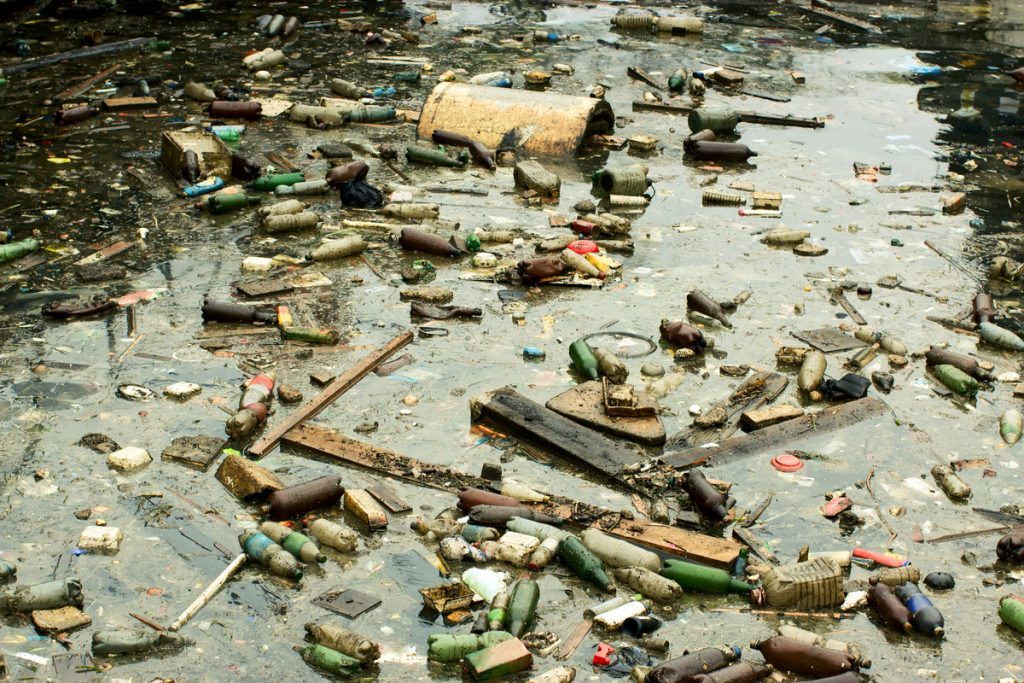
In many parts of the world, rivers are a water source for drinking, bathing, and cooking. These once powerful forces that were the breadth of life are now harbingers of disease and death. It is important to realize that rivers like the Ganges, Buriganga, and Marilao are vital to survival. And they’re also contaminated with toxic waste, raw sewage, and household garbage. Consuming contaminated river water is dangerous. It causes fatal diarrhea that claims approximately 842,000 deaths a year. However, this amount is avoidable. Enforcing proper sanitation protocols enables clean drinking water and hand-washing water. Maybe then 361,000 children under the age of 5 wouldn’t die of complications caused by diarrhea each year (World Health Organization, 2018).
Pollutants are poisoning people as well as contaminating a viable food source. Rivers provide people with sustenance, like fish. Poisoning the waters with chemicals and heavy metals ruin this food source. Fish absorb the lead- and mercury-contaminated water. As a result, you wind up eating these metals that, in high enough quantities, can cause death. Polluted water drives away wildlife that also depends on the water for drinking. And these toxic waters destroy agriculture and erode river beds.
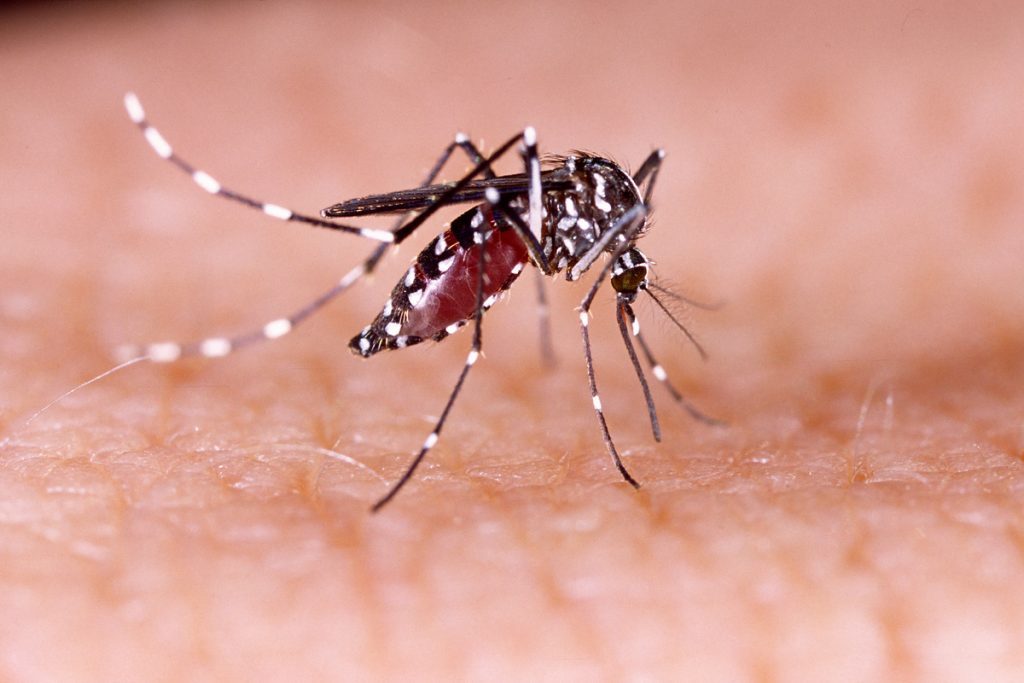
Moreover, disease-carrying insects thrive in stale, stagnant water, as much as clean water. Water sources are a breeding ground for mosquitos and other disease-carrying vectors. Mosquitoes spread dengue fever and malaria. But this is preventable. “The simple intervention of covering water storage containers can reduce vector breeding and may also reduce
Running out of water sounds like a scene out of a science fiction novel. A scenario that would spur our colonization of Mars. How could we ever run out of world water? After all, we’re surrounded by it! Even though the Earth’s composition is 70% water, only 3% is fresh, drinkable water. In fact, water scarcity is a frightening reality. And it’s one in which many densely populated cities may soon face. According to BBC News, “a 2014 survey of the world’s 500 largest cities estimates that one in four are in a situation of ‘water stress.’” Thanks to contributing factors like climate change, population growth, and human action (or inaction), the UN predicts that global demand will exceed our fresh water supply by 40% in 2030 (2018).
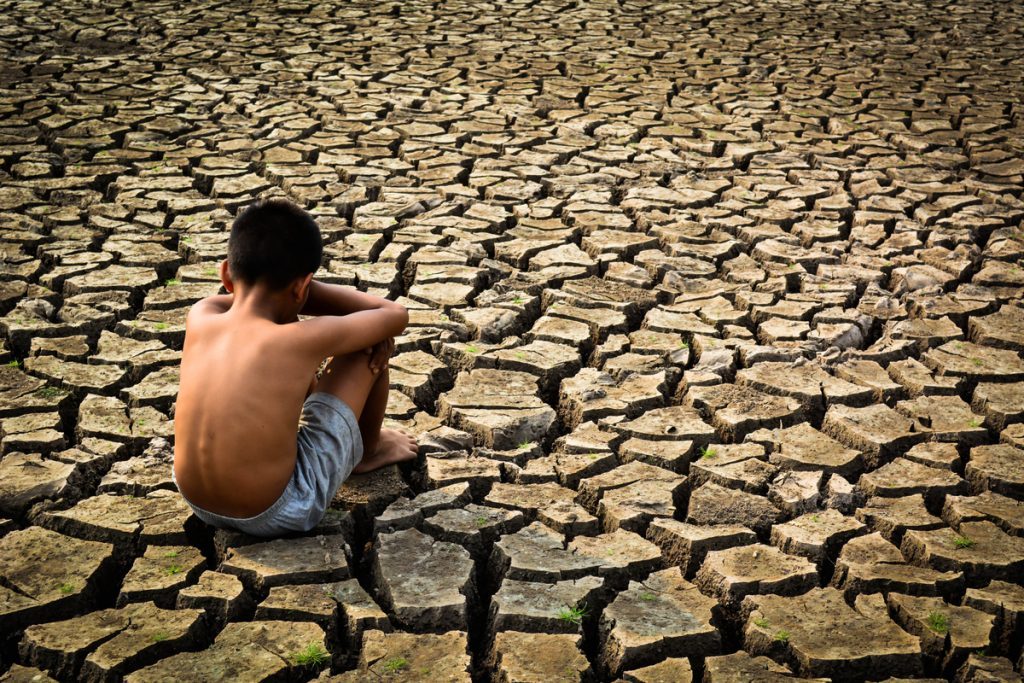
Right now, the world is watching the water crisis unravel in Cape Town, South Africa. Other cities are also experiencing shortages or water stress. And they’re under a watchful eye for water scarcity: São Paulo, Brazil; Bangalore, India; Beijing, China; Cairo, Egypt; Jakarta, Indonesia; Moscow, Russia; Istanbul, Turkey; Mexico City, Mexico; London, England; Tokyo, Japan; and Miami, Florida (BBC News, 2018).
What Can We Do?
We’ve covered a lot of depressing information; therefore, it may be easy to feel defeated. But, together we can make a change. Educating ourselves, our children, our friends on how precious water is. We must work to conserve it. This doesn’t mean you need to go out and develop the latest water-saving technology (but if you can and have the scientific know-how – we send a thousand high-fives your way!).
Make simple changes in your daily water consumption to conserve. Instead of washing your dishes with running the faucet, consider turning the water off. In the habit of running the water while you’re brushing your teeth? Try turning the faucet off while you’re brushing, turning it on to rinse. The same also goes for washing your hands! And cutting three minutes off your shower saves 7.5 gallons of water. If you’re accustomed to taking a 20-minute shower every day, those shaved 3 minutes wind up saving 2,737.5 gallons a year.
There’s a lot we can do to instill change in the future. And it’s not too late. Our children are our future. Inspire them to seek scientific solutions that benefit human well-being and the environment. Teach them to conserve our precious resource by showing, not telling. Make them understand that a world water crisis is a global emergency, not localized.
Get involved with the world water conservation effort and lead by example.
References
BBC News. (2018,
EPA. (2018, February 15). Urban Waters and the Passaic River/Newark (New Jersey). Retrieved from EPA: Urban Waters
National Park Service. (2018, March 17). Water Quality in the Mississippi River. Retrieved from National Park Service: https://www.nps.gov/miss/learn/nature/waterquality.htm
Nylander, A. (2018, January 25). Drowning In Pollution. Retrieved from World Water Day: http://worldwaterday.org/drowning-in-pollution/
The World Bank. (2017, May 15). Transforming Water-Scarce Cities into Water-Secure Cities through Collaboration. Retrieved from The World
United Nations Educational, Scientific and Cultural Organization. (2018). The United Nations World Water Development Report 2017.
World Health Organization. (2018, March 18). Drinking Water Fact Sheet. Retrieved from World Health Organization (WHO): http://www.who.int/mediacentre/factsheets/fs391/en/
